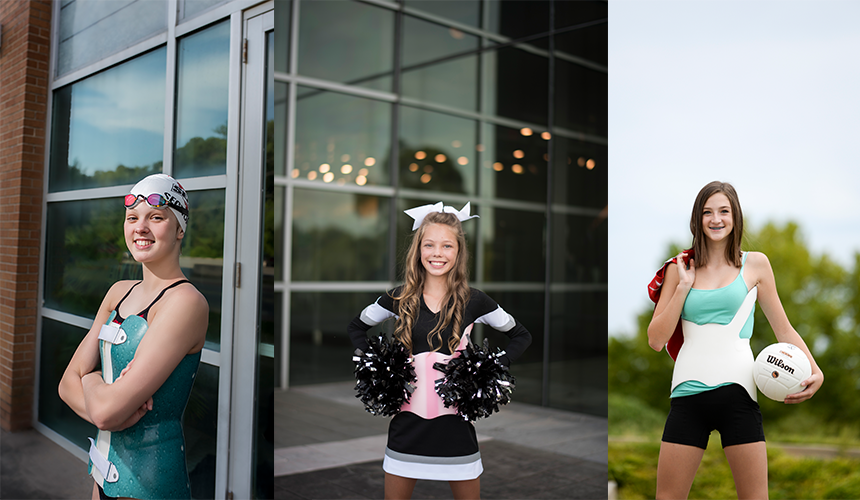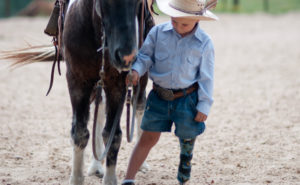Scoliosis refers to an exaggerated curvature of the spine. Although many scoliosis cases are mild, more pronounced curves can cause a variety of health problems causing the need for a brace. There are many types of scoliosis braces to help elevate pain and help correct curvature.
Large curves, for example, can cause pain by making the ribs rub against the pelvis. Because scoliosis often begins during childhood while bone growth is still occurring, back braces are common to mitigate the curvature of the spine before adulthood.
Use this brief guide to understand some basic information about scoliosis and how one of the four common types of braces can improve your child’s condition.
What are scoliosis braces?
A scoliosis brace is a very common treatment for those with an exaggerated curvature in the spine. These braces exert pressure on specific parts of your body to push the spine into a straighter position. They also come in different styles for people of different ages and body types. Moreover, some types of scoliosis braces can be worn underneath your clothing, so you can wear them throughout the day more comfortably.
Those who need braces typically wear them full-time until the bone growth has stopped, which is why braces are often used for children while they are still growing. By keeping the spine straight throughout the day, the progression of the curve can be slowed, thereby providing a healthier, more comfortable spinal adjustment in the process.
To make sure a brace will work, spine and scoliosis specialists will measure your child’s height, use X-rays, and ask a few basic questions to ensure that they are not too far along in their development. The orthopedist also has to see if the curvature of the spine is too small or too big for a brace to be effective.
Once the specialist prescribes a brace, the next step is to see an orthotist who can custom fit the brace to your child’s unique proportions. The brace may require adjustments as your child grows to ensure that it is still optimally straightening the spine. Unless the doctor notices that the brace is not working effectively, bracing is generally finished once your child stops growing. In these cases, surgery might be the next step.
Types of scoliosis braces
When it comes to finding the right scoliosis brace for your child, it is essential to get an orthopedic specialist’s opinion. This is largely because different types of scoliosis braces fit different lifestyles and the nature of your child’s scoliosis. Seeing a specialist is also a good time to ask any questions you have about the selection process or the fitting process.
Wilmington brace
The Wilmington brace is a jacket-style brace used to treat moderate curves in the rib cage and lower spine. This scoliosis brace closes in the front, and patients typically wear it between 12 and 20 hours a day.
Boston brace (Thoraco-Lumbo-Sacral-Orthosis, or TLSO)
This is the most common brace on the market today. Like the Wilmington brace, the Boston brace is also a jacket-style brace that treats curves in the rib cage and lower spine. The difference is that this brace closes in the back.
Charleston bending brace
This jacket-style brace is used to manage C-shaped curves in the lower back. Unlike the Wilmington or Boston braces, the Charleston bending brace is only worn at night.
Milwaukee brace (Cervico-Thoraco-Lumbo-Sacral-Orthosis, or CTLSO)
The Milwaukee brace is not widely used anymore. It fits around the hips and waist. A ring encircles the child’s neck, supported by vertical bars in the front and back. This is one of the first types of scoliosis braces, and it is harder to wear than most of the newer types.
SpineCor
The SpineCor brace uses bands and a cotton vest to provide more flexible bracing than the Wilmington, Boston, Charleston, or Milwaukee braces. However, it does not seem to be as effective as harder braces.
Which brace is right for my child?
As with any medical issue, the first step is to seek advice from a professional. This is the only way to find out which brace is perfect for your child. Here at Horton’s Orthotics & Prosthetics, we are always happy to help! With locations across Arkansas (Little Rock, Bryant, Fort Smith, Searcy, and Conway), we are never too far away.
For more information
Not only can we give you the information you need about scoliosis braces, but we can even fabricate them ourselves. To schedule an appointment, contact us at (501) 683-8889. We will pair you with a professional who can give you all the information you need about scoliosis and how your child can live the life they want!



